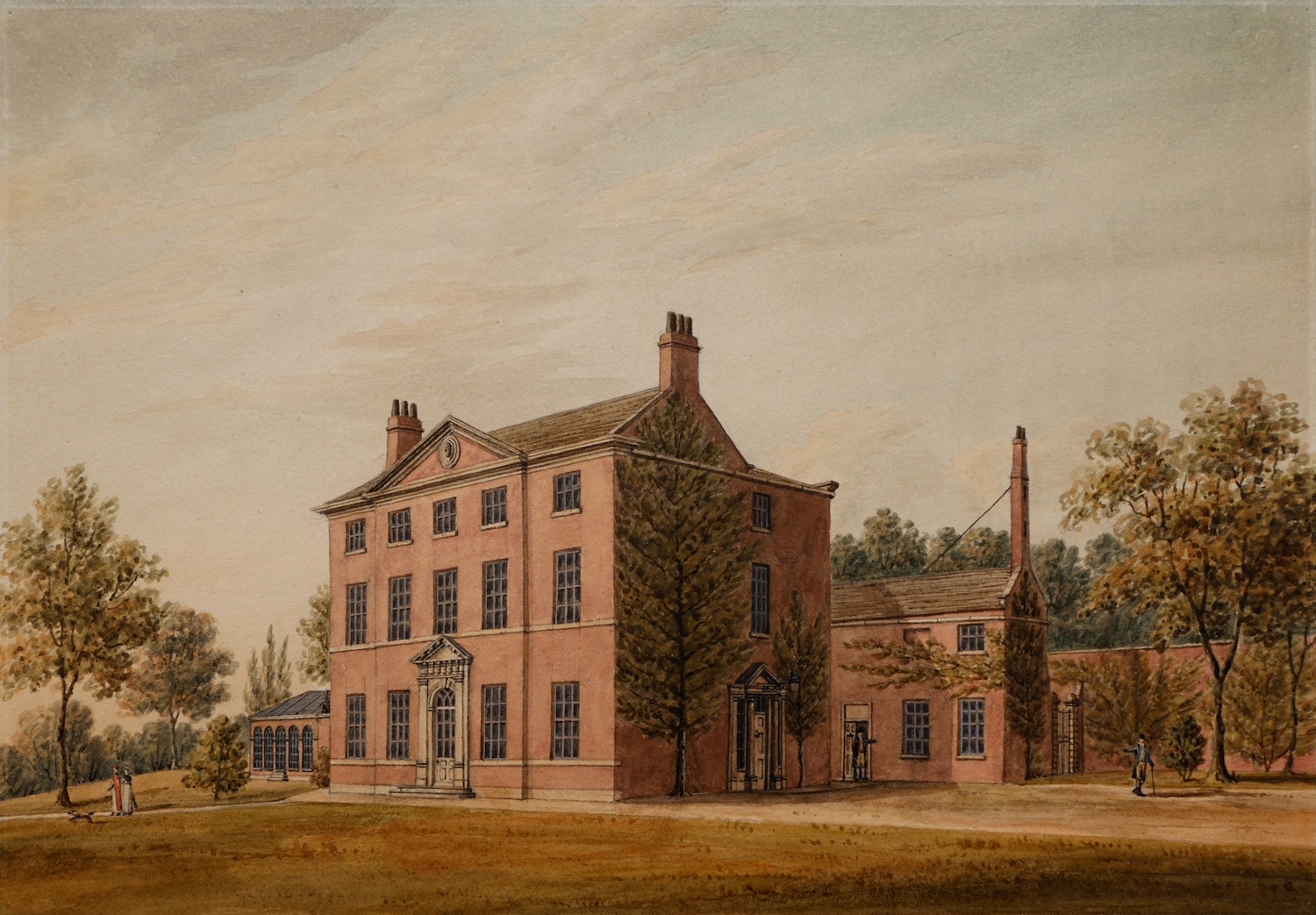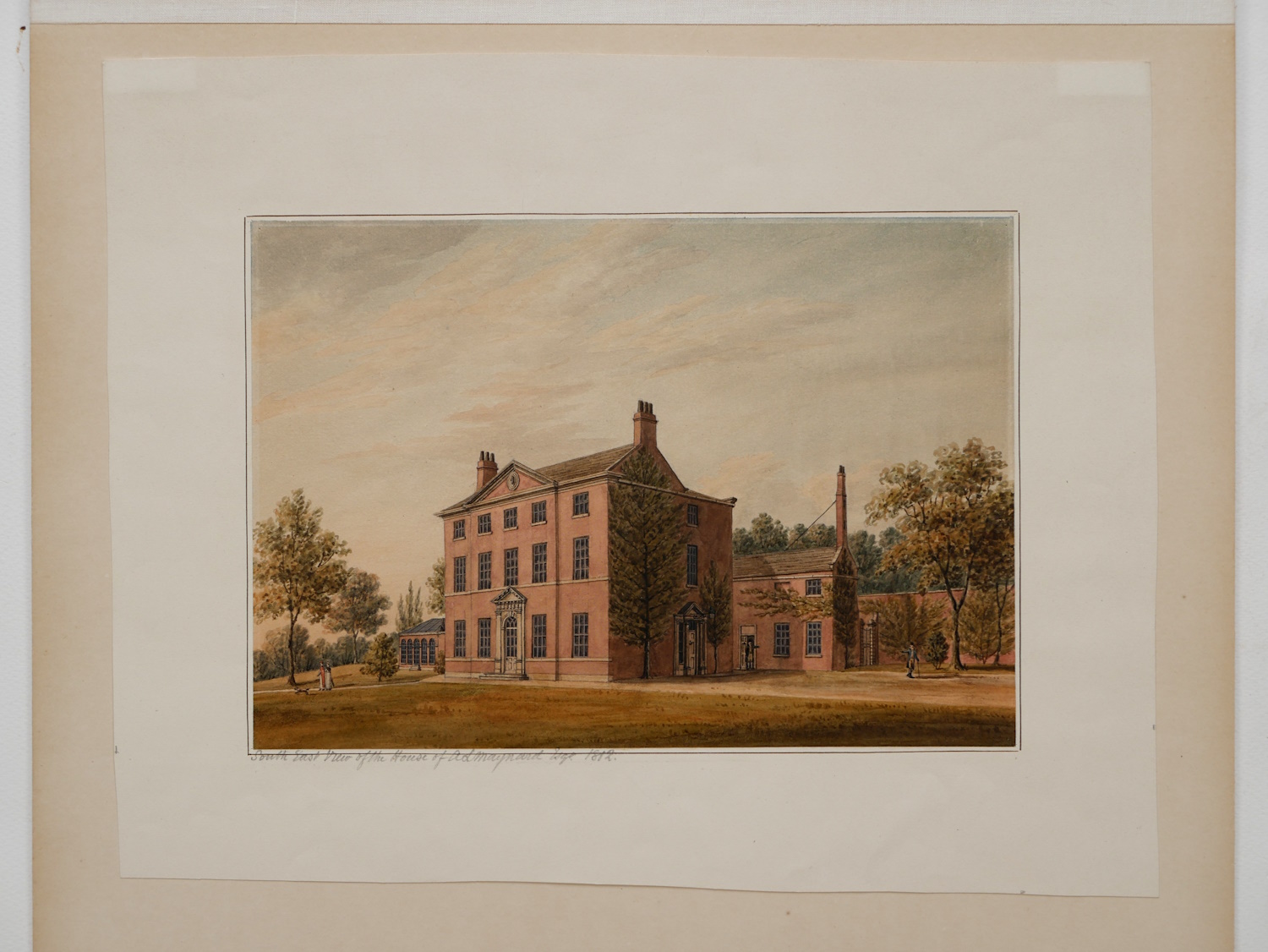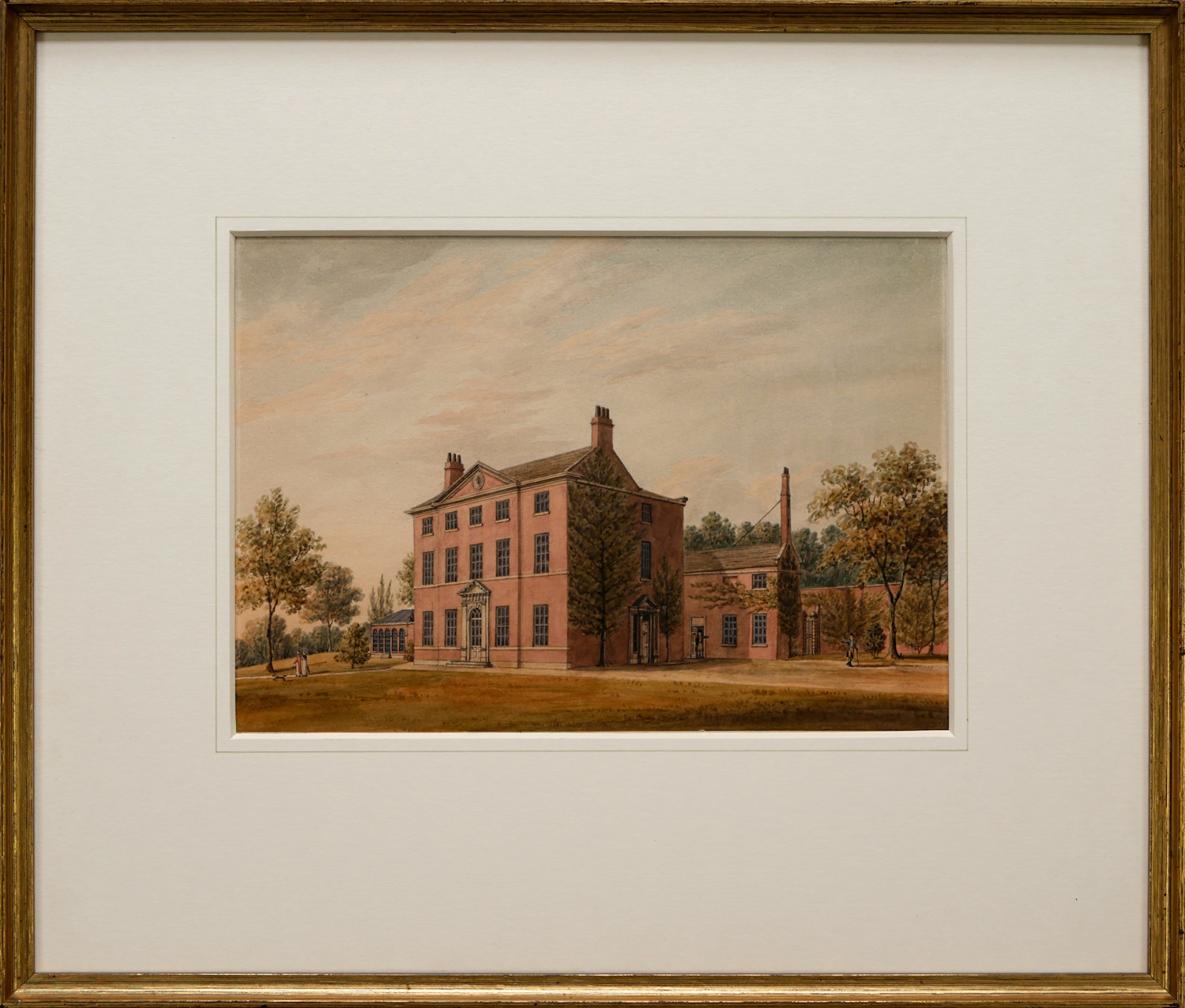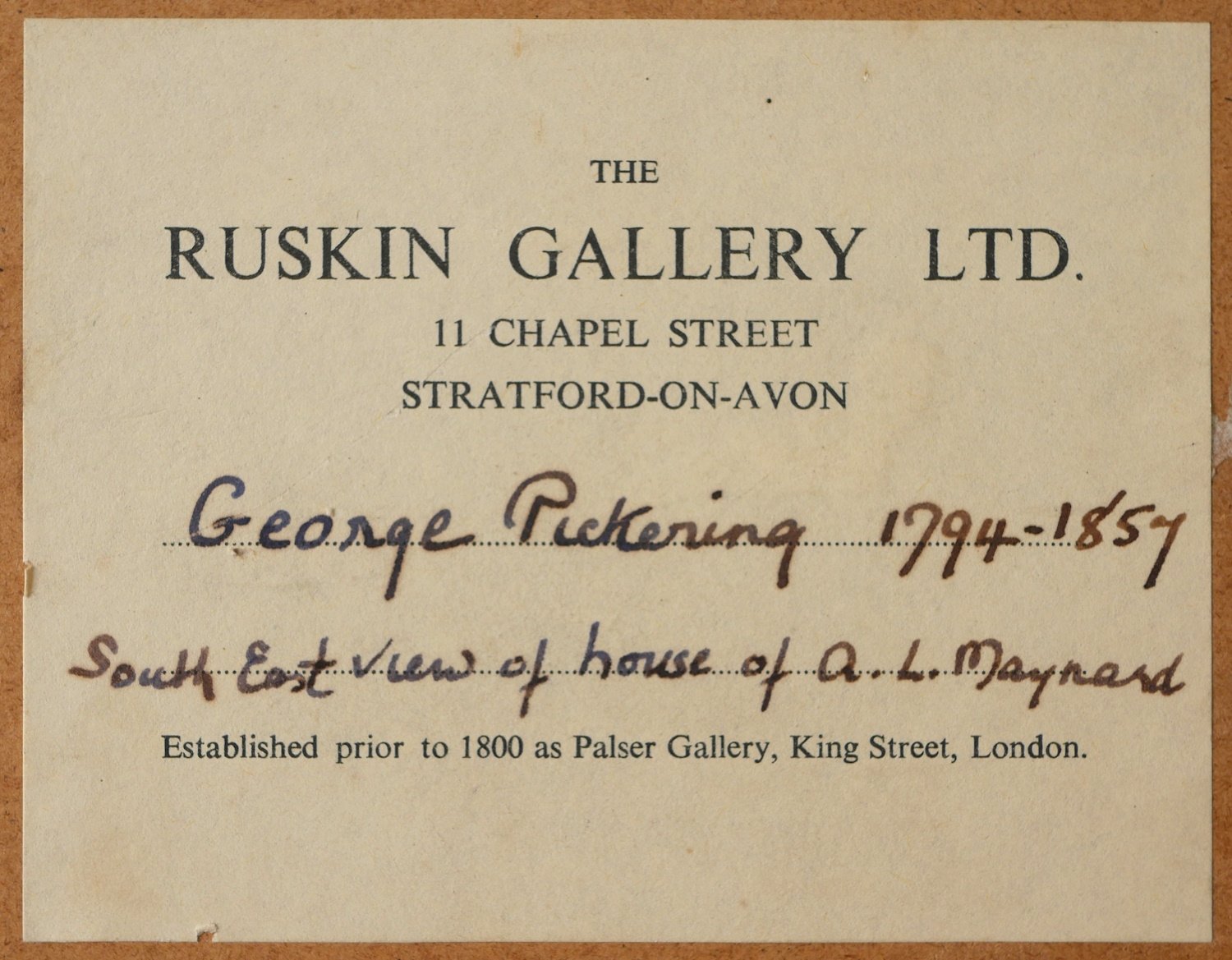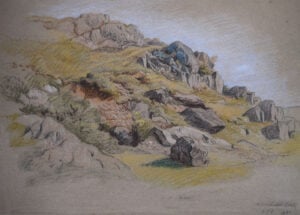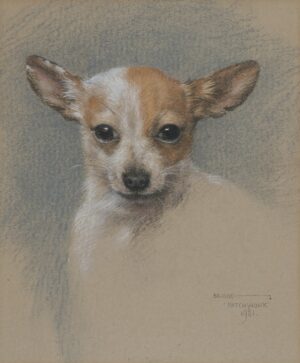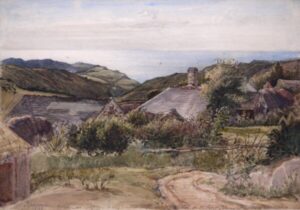Description
West House was a country villa situated almost in the centre of Chesterfield.
The land appears originally to have had a confusing succession of owners, but in 1765 George Holland, who had owned the site for eight years sold it to opulent lead mining entrepreneur Nicholas Twigg for £110. He enlarged the plot in 1769 and proceeded to build a new house. Twigg re-sold the land along with his ‘newly erected messuage’ to Anthony Lax in 1770.
Lax was the scion of a minor Yorkshire landowner whose mother, Sarah Jefferson, was the great grand-daughter and ultimate heiress of the somewhat grander Maynard’s of Kirk Levington Hall in that county. The wedding was on the 22nd of May 1766 and the settlement would appear to have included the large area called West Fields either side of West Bars so the acquisition of a brand-new house adjacent would have made much sense.
West House was quite a grand brick house of two and a half storeys, the five-bay entrance front facing West Bars, from which it was artfully shielded by trees. The architect was almost certainly Edmund Stanley, a Nottinghamshire born builder-architect who settled in the town in 1763.
The interior was apparently well fitted up with good joinery including a very fine staircase leading off the hall; as was de rigeur for the whole of the first half of the 18th century, then the dining room was panelled. The grounds were landscaped as a small park.
Anthony Lax’s mother Sarah, apparently a redoubtable old girl and keen to be seen as a cut above Chesterfield’s municipal elite, assumed the surname of Maynard in September 1784 and the following March received a grant of arms, so the owners of West House henceforth became Maynard’s. Anthony died in 1825 without issue, leaving the house to his brother John’s fourth son, Edward Gilling Maynard.
in 1935 after a succession of different owners the freehold was sold to the Borough of Chesterfield which demolished it soon afterwards to make way for Chesterfield’s new Town Hall.
